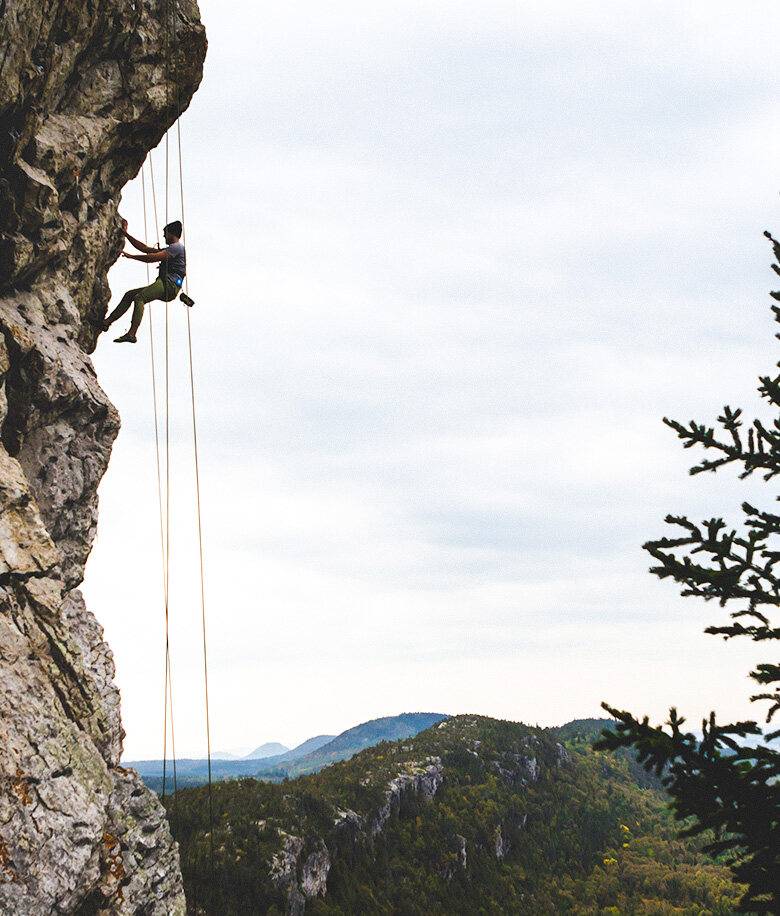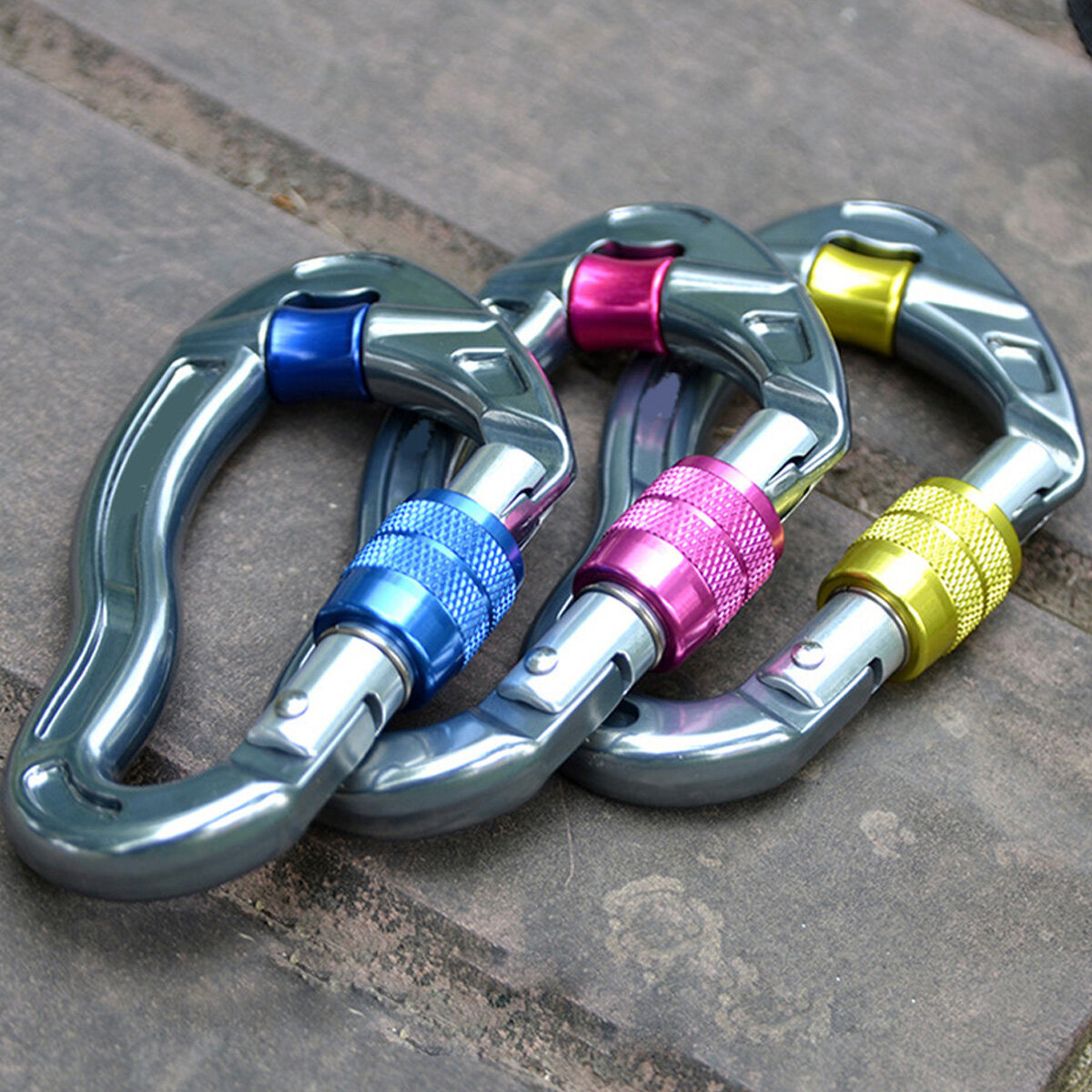Email format error
Email cannot be empty
Email already exists
6-20 characters(letters plus numbers only)
The password is inconsistent
Email format error
Email cannot be empty
Email does not exist
6-20 characters(letters plus numbers only)
The password is inconsistent


Rock climbing is an exhilarating sport that requires a combination of physical strength, mental focus, and the right equipment like buckles. Among the most critical elements of climbing gear are carabiners, quickdraws, locking carabiners, and slings, each serving a unique purpose. In this blog post, we'll explore the primary climbing hardware and discuss how to correctly pair it with climbing ropes for a safe and efficient climbing experience.
Primary Climbing Hardware
1. Carabiners: Carabiners are the workhorses of rock climbing hardware. They are metal loops with spring-loaded gates that can be opened to clip onto various items. There are two main types of carabiners: non-locking and locking.
Non-Locking Carabiners: These are used for non-critical functions such as clipping quickdraws to bolts or holding climbing shoes. They are quick to use and provide easy access to gear.
Locking Carabiners: These carabiners have a locking gate mechanism, ensuring that the gate cannot open accidentally. They are used for critical functions like belaying, rappelling, and anchoring. The two most common types of locking carabiners are screwgate and auto-locking carabiners.
2. Quickdraws: Quickdraws are essentially two non-locking carabiners connected by strong webbing. One carabiner clips into the rope, while the other attaches to the bolt or gear. Quickdraws help reduce rope drag and allow for smoother rope management while climbing.
3. Slings: Slings are long, looped pieces of webbing or cord. They come in various lengths and are used to create anchors, extend protection, or set up belay stations. Slings are versatile and indispensable in trekking and alpine climbing.
Pairing Climbing Hardware with Ropes
The relationship between climbing hardware and ropes is crucial for ensuring safety, efficiency, and a successful climb. Here's how to pair them correctly:
1. Climbing Ropes: Climbing ropes are categorised into dynamic and static ropes. Dynamic ropes are designed to stretch and absorb energy in the event of a fall, while static ropes remain rigid. For lead climbing, dynamic ropes are the standard choice as they reduce the impact force during a fall, protecting both the climber and the protection points.
2. Non-Locking Carabiners: Non-locking carabiners are best suited for attaching to quickdraws, slings, and protection points along the route. When pairing them with ropes, it's essential to ensure that the rope runs smoothly through the carabiner to minimise rope drag and friction. The rope should be clipped into the carabiner's gate, not its nose, to maintain the carabiner's strength.
3. Locking Carabiners: Locking carabiners are primarily used for critical safety functions such as belaying, rappelling, and setting up anchors. When using a locking carabiner for belaying, it's vital to lock the gate securely and ensure that the rope is threaded correctly. For setting up anchors, locking carabiners provide an additional layer of security, preventing accidental disengagement.
4. Quickdraws and Slings: Quickdraws are instrumental for clipping the rope to bolts or gear. When pairing quickdraws with ropes, ensure that the carabiners are oriented correctly; one carabiner should clip into the rope, and the other should attach to the gear. This setup minimises rope drag and enhances safety. Slings, when used to extend protection, should be girth-hitched to the protection point, allowing for a direct connection between the rope and protection.
In conclusion, understanding the primary climbing hardware and how to pair it correctly with rock climbing ropes and buckles is fundamental to a safe and enjoyable climbing experience. Whether you're a beginner or an experienced climber, taking the time to learn the intricacies of climbing gear will contribute to your safety and success on the rock. So, always double-check your gear, rope, and hardware before embarking on any climbing adventure. Stay safe and enjoy the thrill of the vertical world!